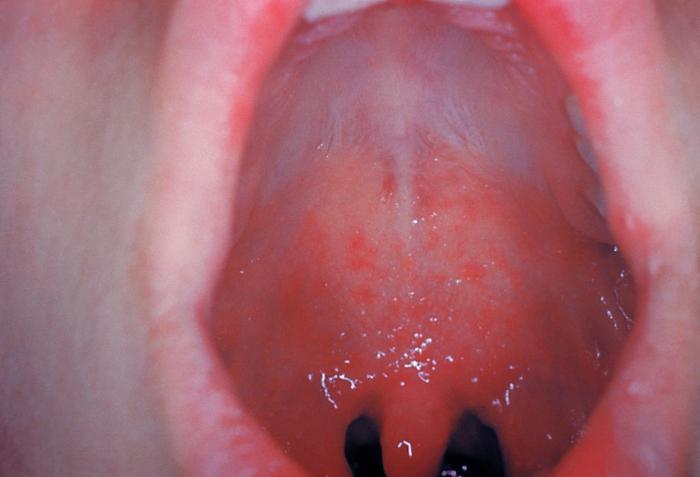Archive for the ‘Kids-Infants’ Category
Sandy Hook Elementary School: The unintended consequences of well-intended generosity.
Sunday, May 26th, 2019“……In the six and a half years since the deadliest elementary school shooting in American history, more than $100 million in federal, state, corporate and private money flowed into this community of about 28,000 in southwestern Connecticut……so much money engulfed the vulnerable, wounded Newtown that it inevitably sowed division. The town became a case study of how Americans’ material expressions of grief can become more an obstacle than an aid to recovery……..”
- 60,000 teddy bears
“……..Lesson 1” from Sandy Hook is for the authorities — the mayor, the city council or the governor — to swiftly establish a single nonprofit benefiting victims and their families, so money intended for them is not atomized, or given to charities that lack the experience or ability to distribute it to them.
- One Fund Boston
- Pulse nightclub shooting : a single fund benefiting the victims and their families.
- The 2018 shooting at Marjory Stoneman Douglas High School : established a GoFundMe campaign dedicated solely to victims.
https://www.youtube.com/watch?v=Y7uv3zqSq9o
Kashmir’s Children in the Labor Market
Sunday, May 19th, 2019“…..According to government figures, there are over 175,000 children actively involved in child labour in the state, which has a population of 12 million.
Mir says the actual number of child working could be much higher as government figures only reveal the reported cases and a majority of the child labour cases go unreported due to the fear of punishment.
An independent report titled “Socio Economic and Ethical dimensions of Child Labour in Kashmir” conducted in 2005 by Professor Fayaz Ahmad claimed that at the time there were more than 250,000 children in the state working in auto repair shops, brick klins, as domestic labourers, and as carpet weavers and sozni embroiderers.
One of the prime reasons for child labour was poverty……
A 2009 study conducted by the Department of Sociology, University of Kashmir, reveals that about 66 percent of child labourers have only studied until the eighth grade. It further states that 9.2 percent of child labourers are between five and 10 years old, while 90 percent of them are between 11 and 14 years old.
The study also points out that once children start earning money, 80 percent of them stop attending school…..”
Egypt: One in five children are stunted or too short for their age
Sunday, May 12th, 2019WASTING STUNTING UNDERWEIGHT
Low weight for height Low height for age Low weight for age
In Egypt, despite the investment in the health sector, and a notable decline in child mortality, malnutrition rates remain high.

For young children under five years of age:
• Stunting remains a significant public health concern in Egypt, affecting 1 in 5 children
• Wasting has increased significantly since 2000, and the trend is significantly higher among girls
• Wasting and underweight stand at 8 and 6 percent, respectively
• The incidence of anemia is high, standing at 27 percent
Stunting is a measure of chronic malnutrition; it reflects inadequate nutrition over a long period, or effects of recurrent or chronic illnesses. The stunting rate of children under five is the percentage whose height-for-age is below minus 2 standard deviations (moderate and severe stunting) from the median heightfor-age.
Underweight reflects both acute and chronic malnutrition. The underweight rate for children under-five is the percentage of whose weight-for-age is below minus 2 standard deviations (moderate) and minus 3 standard deviations (underweight) from the median weightfor-age.
Wasting is a measure of current acute malnutrition, which may reflect acute food shortage or recent episodes of illness. The wasting rate is the percentage of children under-five whose weightfor-height is below minus 2 standard deviations (moderate) and minus 3 standard deviations (severe) from the median weight-for-height.
Overweight is defined as excessive fat accumulation that may impair health. The overweight rate among children under five is the percentage whose weight-forheight is above plus 2 standard deviations from the median weight-for-age. Among adolescents and adults, it is the percentage of individuals with a Body Mass Index equal or higher than 25.
A bus full of school children was set on fire by its driver (an Italian of Sengalese origin) in the outskirts of Milan on Wednesday in an apparent protest against migrant drownings in the Mediterranean
Thursday, March 21st, 20193/19/1937: Nearly 300 students in Texas are killed by an explosion of natural gas at their school
Monday, March 18th, 2019Maternal and neonatal mortality is high in Africa. Why?
Saturday, March 16th, 2019-
- et al.
“…….Findings
UNICEF: Global cases of measles are surging to alarmingly high levels, led by 10 countries accounting for more than 74% of the total increase.
Sunday, March 3rd, 2019Countries with ten highest increases in cases between 2017 and 2018
| Ukraine | 30,338 |
| Philippines | 13,192 |
| Brazil | 10,262 |
| Yemen | 6,641 |
| Venezuela | 4,916 |
| Serbia | 4,355 |
| Madagascar | 4,307 |
| Sudan | 3,496 |
| Thailand | 2,758 |
| France | 2,269 |
2/25/1984: A huge gas leak explosion destroys a shantytown in Brazil, killing at least 500 people, mostly young children.
Monday, February 25th, 2019“….When workers opened the wrong pipeline on February 24, highly combustible octane gas poured into the ditches of Vila Soco. Soon after midnight, an explosion was sparked, and a fireball ripped through the favela. Some homes were literally thrown hundreds of feet into the air; others were instantly incinerated. The temperature at the heart of the fireball was estimated at 1,800 degrees Fahrenheit…..”



